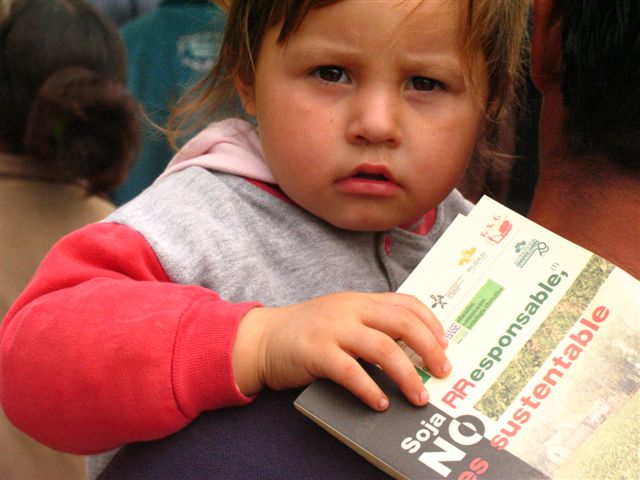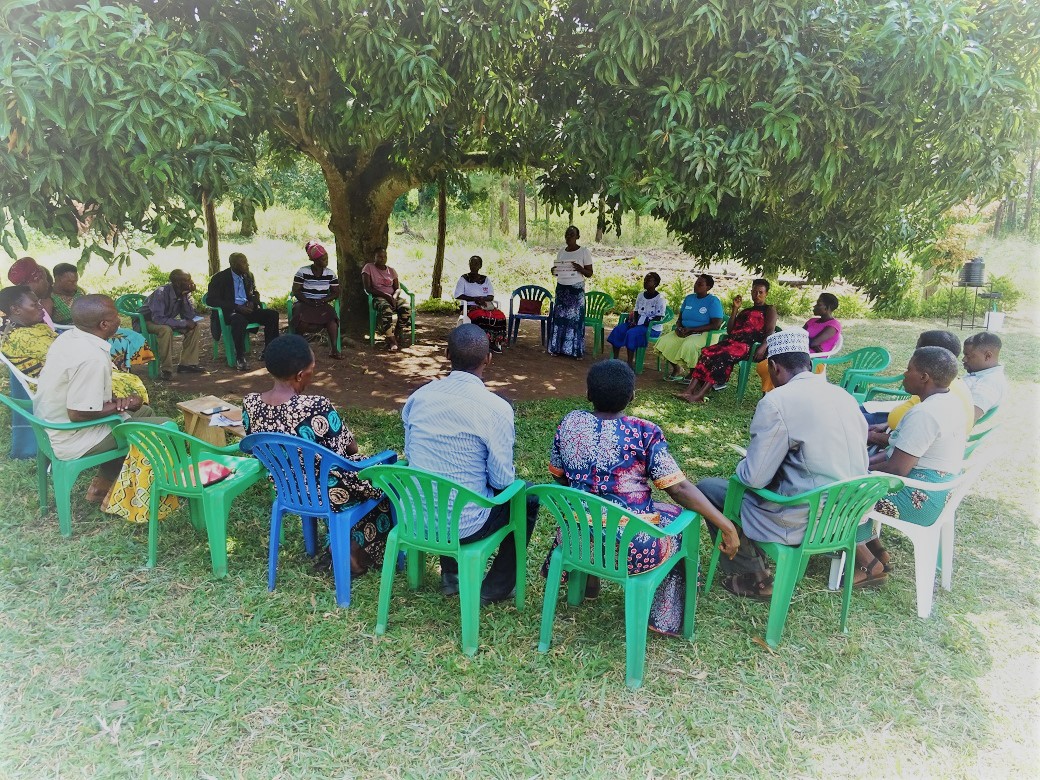A Way Forward
 Resources
Resources
Many of the negative impacts of market mechanisms could be avoided by using strictly regulated initiatives. In fact, there seems to be a growing consensus amongst biodiversity policy makers that we need to control market forces through strict regulation and effective enforcement.
The great advantage of public governance systems is that they can be shaped in a manner that directly benefits the most marginal groups in society, including women and Indigenous Peoples.
For example, experience to date shows that the best Payments for Environmental Services (PES) schemes are actually conventional subsidy or integrated poverty and development projects; re-baptizing them as PES was supposed to mobilize political will amongst economically powerful sectors for biodiversity conservation.
Such finance should not be lacking. In 1992 governments adopted the principle of rewarding the so-called incremental costs of providing global environmental benefits. Both the Convention on Biological Diversity and the Framework Convention on Climate Change that were signed that year oblige all governments to conserve forests; and require developed countries to contribute new and additional financial resources to reward developing countries for the incremental costs of providing global environmental benefits through reducing deforestation and other conservation initiatives. The fact that the overwhelming majority of developed countries have not complied with these legally binding agreements does not imply that they do not exist anymore.
New and additional financial resources are required to support sustainable, democratic and well-enforced public governance of biodiversity, including through redirecting perverse incentives, banning deforestation and safeguarding Indigenous rights.
Respecting Indigenous land rights has arguably been one of the most equitable, effective and efficient policy incentives for sustainable forest management, and should be the focus of any policies intended to conserve biodiversity.
In practice, that means, for example, ensuring that local authorities (panchayats) in India really do have full control over when, where and how any ecotourism should take place (if at all), as they are supposed to have under the Constitution of India. Local self-government institutions need to be involved in all levels of ecotourism development, from approval of the project, to planning, implementing, development, marketing, evaluating, monitoring and research.
Respecting community rights also means that communities such as those in South Africa, who are fortunate enough to own or have title over their lands, should be able to tend and use these resources to feed their families and earn a living as they see fit, rather than being persuaded or coerced into handing them over to be used as extensions of timber plantations, losing food security, access to water and a decent income in the process.
Locally appropriate solutions can be developed collectively. In Costa Rica, for example, Indigenous Peoples are already striving to resolve these issues for themselves. All Indigenous people in the country have undertaken a process to define their community rights regarding traditional knowledge, as a way of avoiding their appropriation by non-indigenous people. They have also conducted a joint analysis to see how communities can move away from the problems posed by bio-prospecting and develop collective solutions that result in a strengthening of community rights and cultural identity.
Any meaningful community development intervention should also be one that prioritizes the increased production of food and enhances food security at the household level. A more sustainable model would allow competing uses of land, promote land use activities that do not waste water and provide opportunities for employment creation. Community land should be used for those activities that promote food security and skills development, and conserve biodiversity.
In conclusion then, Indigenous and local community governance over forests and other ecosystems has proven to be an effective, efficient and socially sound policy measure to conserve biodiversity and improve community well-being. The new policies and laws to respect community governance and Indigenous territories in countries as varied as India, South Africa and Colombia are a clear outcome of this increased awareness. Well-designed and properly managed public incentive schemes to further strengthen sustainable community governance over their own forests, based upon the recognition of Indigenous and local community territorial rights, have proven to be effective, efficient and socially just.
Governments and other donors should undertake a profound analysis of market-based conservation approaches to assess whether they really do strengthen rights-based, socially just biodiversity conservation policies, or whether they are in fact ineffective, inefficient and risky, contributing to the erosion of good public governance over biodiversity.
Please refer to Life as Commerce: how market-based conservation impact on community governance for further details.










